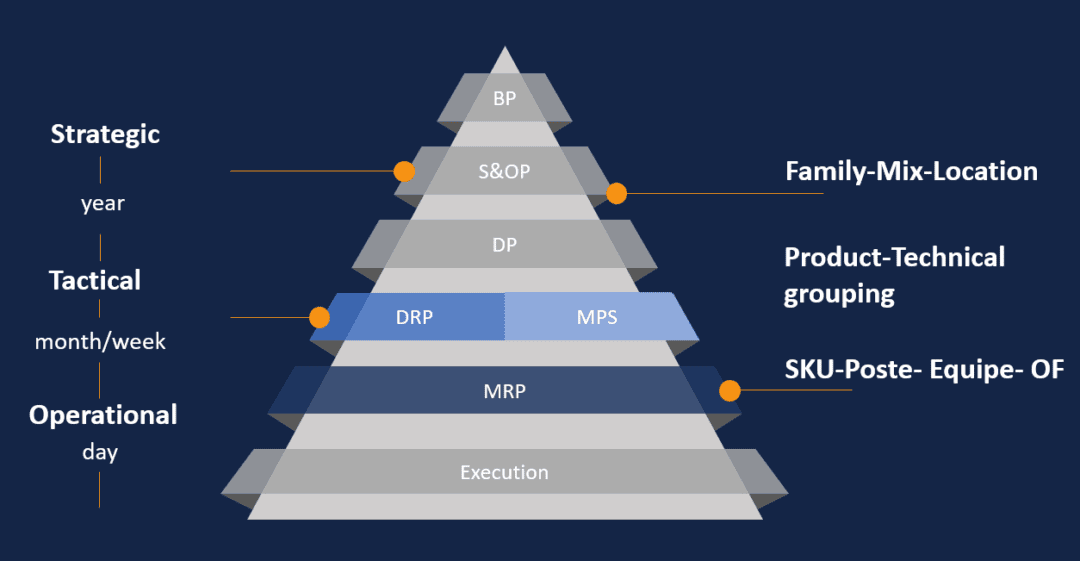Learn the importance of Master Production Schedule (MPS), Master Requirements Planning (MRP), and Distribution Requirements Planning (DRP) in the Supply Chain Planning process flow.
Daily, your supply chain faces threats, sometimes significant, other times small. These threats can be internal, such as invalid or outdated data. And we all know the pain of external threats, such as economic or political instability and unforeseen events, including the global pandemic, Suez Canal blockage, a chip shortage.
To help you mitigate challenges and overcome unforeseen hurdles, consider the increased agility you can realize with a dynamic supply chain model. The key to that agility is planning process flow models that involve a Master Production Schedule (MPS), Master Requirements Planning (MRP), and Distribution Requirements Planning (DRP).
MPS, MRP, and DRP’s Role in agile Supply Chain process flow
When supply chain planners work through a product’s lifecycle, you target a product from end-to-end within the flow of the supply chain planning process — from forecasting through shipment/delivery. You can use a variety of flowcharts to outline the resource plan, including everything from logistics and shipping to forecasting modeling.
The sub-process might include:
- Sales and Operation Planning (S&OP): S&OP helps make strategic decisions with sales and operations departments to fulfill demand; businesses often leverage demand planning and forecasting software.
- Master Production Schedules (MPS): MPS involves independent demand with production schedules where employees may be processing orders from forecasts or requirements from customer orders.
- Distribution Requirements Planning (DRP): DRP focuses on pushing inventory through the supply chain to help meet demand.
- Demand Forecasting: Demand Forecasting helps plan for future customer demand and uses forecasting models.
- Material Requirement Planning (MRP): MRP coordinates materials required to meet dependent demand. Materials and resources are allocated to produce products, ensuring the materials are available and in stock based on the required quantities.







